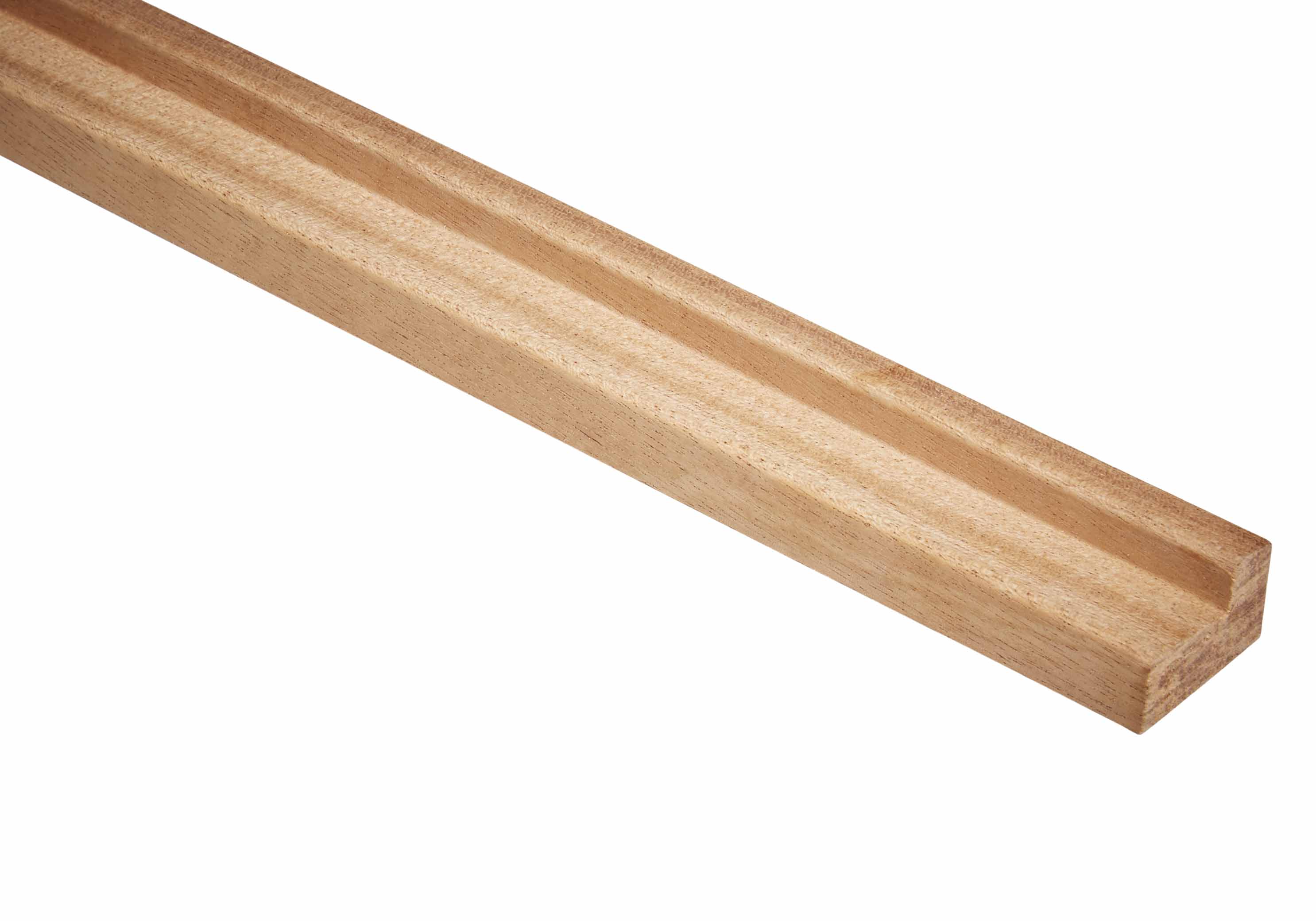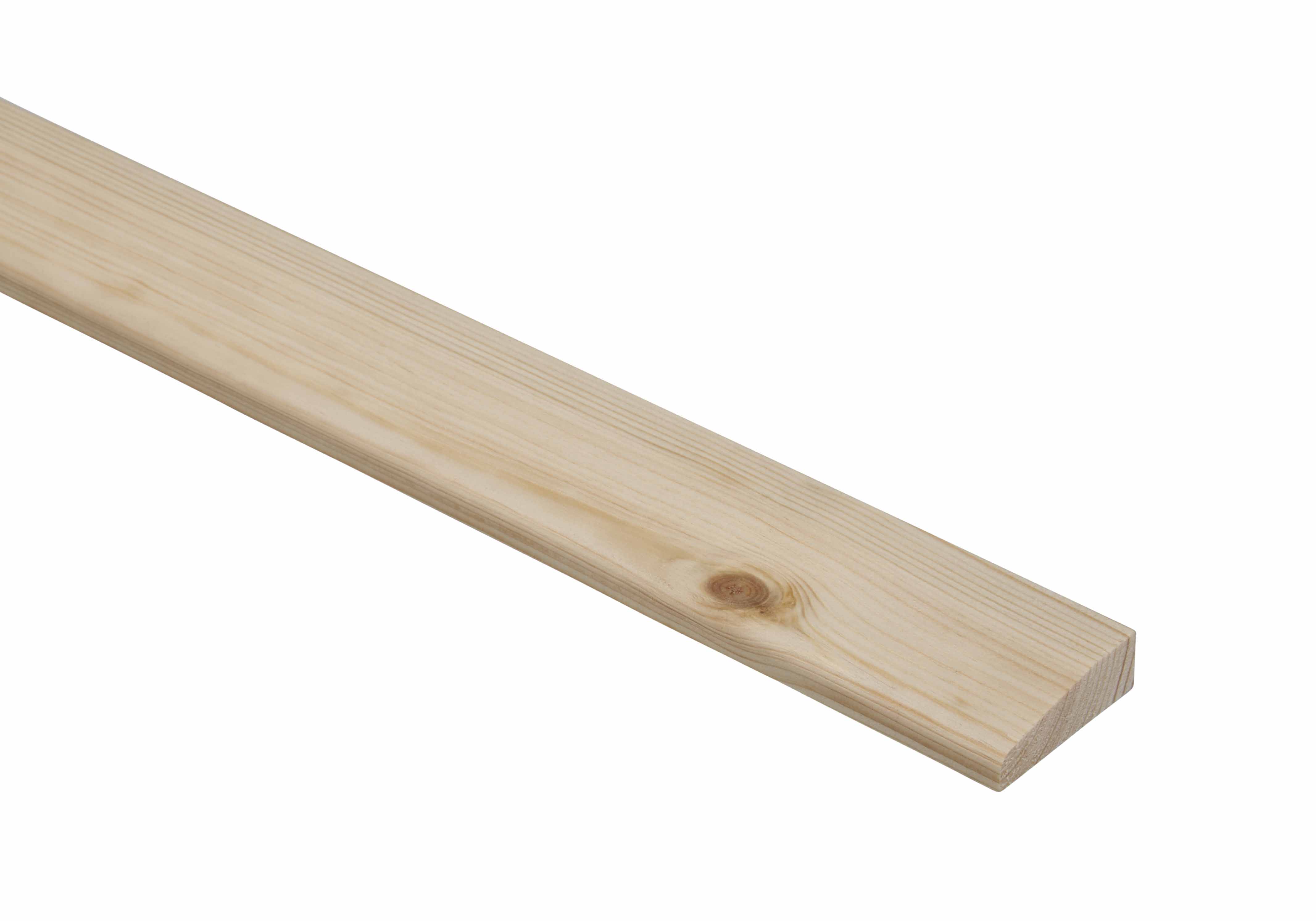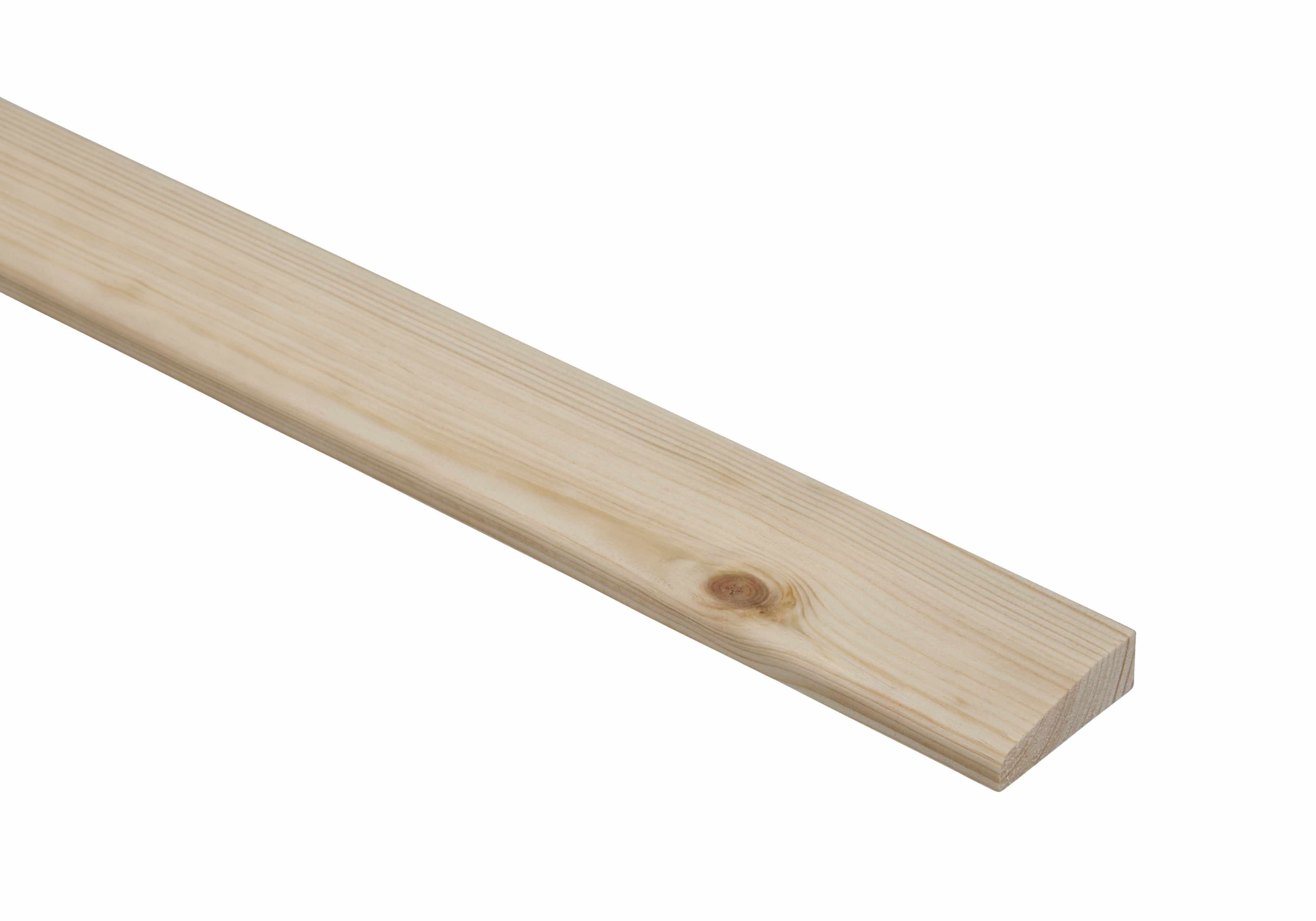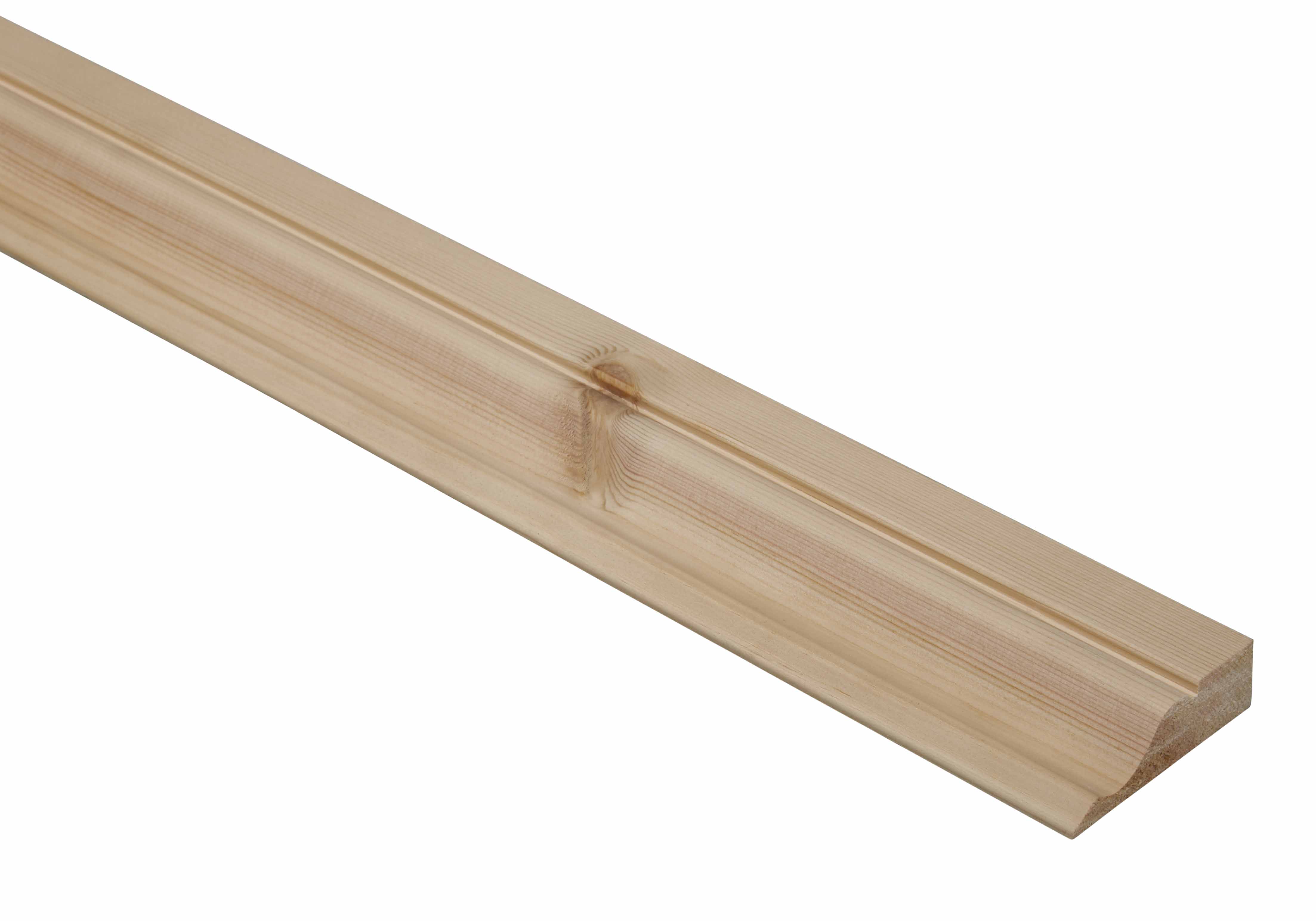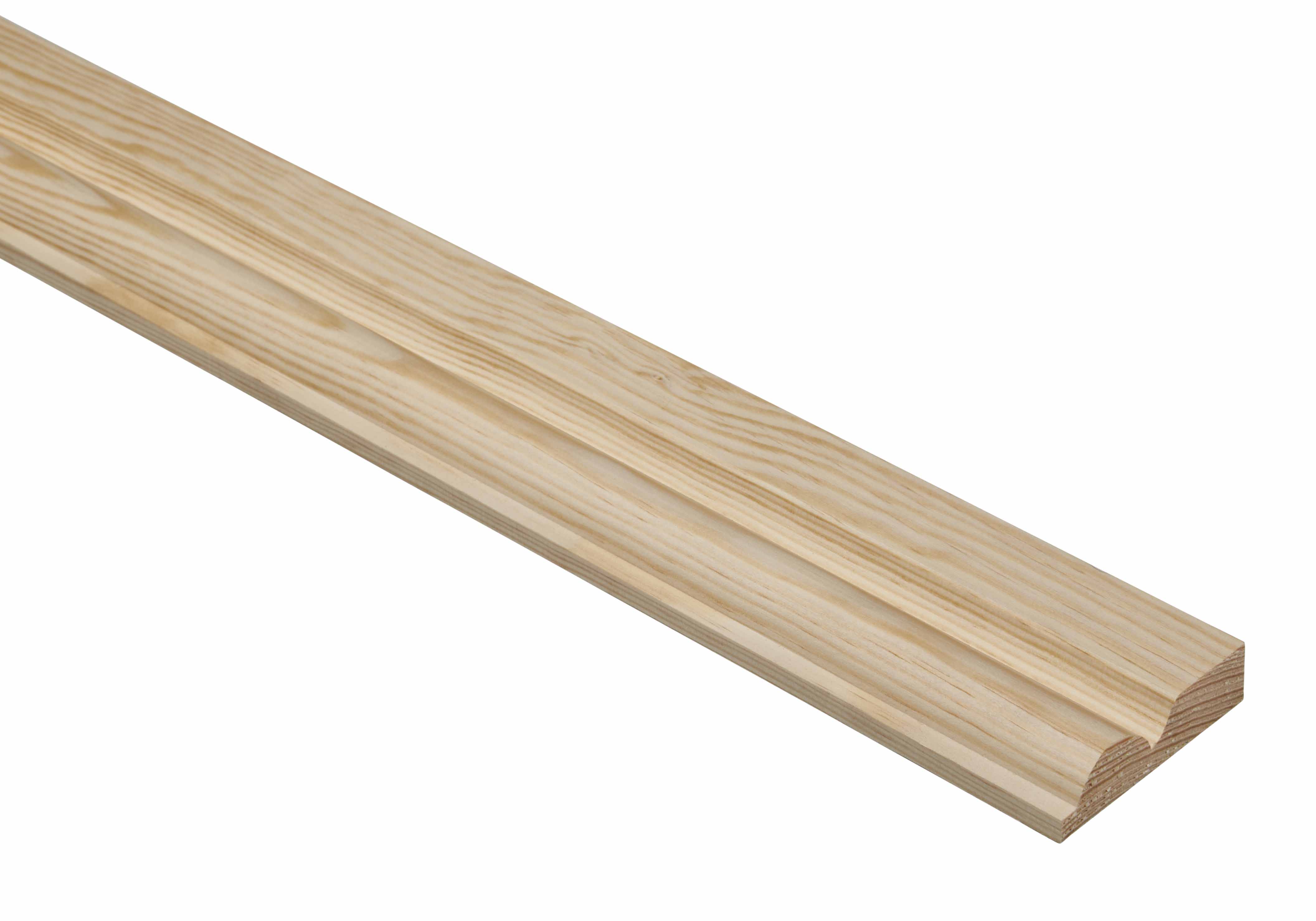Explore Our Doors Range
Frame your doors in style with our high-quality wooden door mouldings. Choose from a variety of profiles to suit both traditional and modern interiors.
Create a clean, defined look around internal doors with our expertly crafted door mouldings. Designed to add structure, depth, and elegance to door frames, this collection includes a wide selection of wood door trim styles to suit every space.
Whether you're restoring period charm or opting for a more contemporary feel, our interior door trim provides the perfect finishing touch. All door trim mouldings are machined from high-quality timber for a smooth surface, easy fitting, and a premium finish.
Showing 6 products
Doors FAQs
What are mouldings used for?
Mouldings are extremely versatile and can be used for many DIY projects around your home. Mouldings can be used to apply decorative features to your home, hide gaps or joints in woodwork, add practical features to a room, such as a protective dado rail or used in woodworking joints. View our mouldings collections here.
How much architrave per door?
The amount of architrave you’ll need depends on the size of the door and the style of moulding. Generally, you'll need about 3 metres (10 feet) of architrave to frame a standard-sized door, with extra for any intricate cuts. For larger doors, you might need more. It’s always best to measure your door frame first and buy a little extra, just in case!
How to fit an architrave around a door?
Fitting architrave around a door is straightforward with the right tools. Start by measuring the door frame, then cut your architrave to the correct lengths. Use a mitre saw for neat, angled cuts at the corners (typically 45° angles). Apply adhesive to the back of the architrave, press it into place and secure it with nails or a finish gun. Finally, fill any gaps with caulk or filler and sand smooth.
Is architrave the same as skirting?
No, architrave and skirting are different types of moulding, though both add a decorative finish to a room. Architrave is specifically used around door frames or windows, giving a neat edge. Skirting (or baseboard) runs along the bottom of the walls, covering the gap between the floor and the wall. While both are trims, they serve different purposes in your home’s design.
Should architrave match skirting?
While it’s not a strict rule, matching your architrave to your skirting can create a more consistent look throughout the room. If you prefer a more traditional aesthetic, we recommend matching the two. Mixing different styles can also work for your home aesthetic, for example, you could use a more decorative architrave and a simpler skirting, which adds contrast to the space. The key is to maintain a cohesive overall design that you love.
What is the difference between a door frame and an architrave?
A door frame is the structural frame that holds the door in place. It includes the jambs, head and sill (bottom part) of the door. Architrave, on the other hand, is a decorative trim that surrounds the door frame. The purpose of an Architrave is to cover the gap between the door frame and the wall, adding a finishing touch and enhancing the aesthetic of the door opening.
our door mouldings are also used to add design interest to plain doors, read our guide on how to renovate plain doors.

